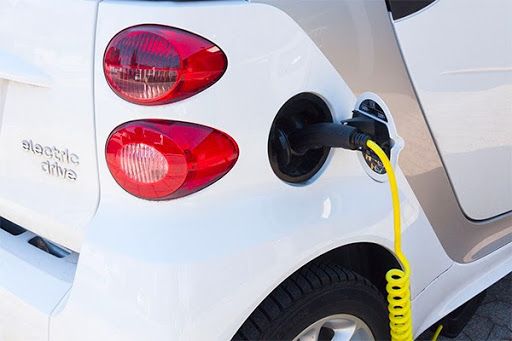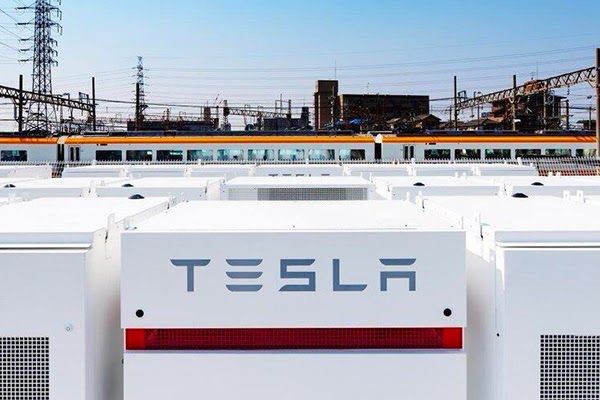When we think about electric cars, one question immediately springs to mind: “how much can I really save with an electric car?”. This question is asked with a mixture of curiosity and suspicion, because there’s a feeling that no saving can be made compared with modern cars that can run for many kilometres on one litre of petrol. It’s true that modern petrol motors are very efficient, but this doesn’t apply to all cars and, in any case, electric cars are even more efficient. In short, the answer is ‘yes, you can save money with an electric car, even a lot of money’. Let’s have a look at some examples.
We’ll start with the cost of electricity. Here, we have to take two things into consideration: the domestic cost and the cost at the charging point. Obviously, domestic electricity costs less; today, the average price in Italy is €0.21 per kilowatt hour. This includes the cost of the energy, the cost of supplying it, and all taxes and accessory services. We have to remember that the actual cost of the energy is just one part (the smallest part) of the total cost of the bill we pay. Obviously, the cost can vary, and is based not only on the power of the meter supplying the house (there are fixed costs that increase as the power supply increases), but also on annual consumption. However, it doesn’t vary much from the average.

Let’s now have a look at the average cost per kilowatt hour at the charging point: this varies from €0.30 to €0.45 per kilowatt hour. Tariffs are at the higher end of this range. Obviously, we’re not including free charging points, but there are only very few of these. It’s immediately clear that the price you pay at the charging point is certainly higher than you would pay at home and that’s down to the cost of the infrastructure and the related services. But don’t worry, the savings are just as real.
To make a proper comparison we have to look at two other pieces of data: the average consumption of an electric car and the average consumption of traditional car. Let’s use the Hyundai Kona Electric, with its 64kWh battery pack, as our example. We’ve already looked at this car in a previous article (aggiungere qui cross-link). The various tests performed estimate a range of 484 kilometres (WLTP), and this means that with a single kilowatt hour of power we can travel 7.5km. It’s interesting to note that these figures aren’t very different from the average performance recorded by different models of electric car, although there are some exceptions.
However, if we look at consumption for traditional petrol engine cars, an accurate average value is around 16km of driving per litre of fuel. Clearly, our analysis must take into account average values and just as we must exclude electric vehicles that have higher or lower ranges per single kilowatt hour of power, we must also exclude petrol cars that are capable of travelling a higher number of kilometres per litre of fuel. We know that there are cars that consume more fuel and also models, usually A- or B-segment cars (city cars or utility hatchbacks) that are much more fuel efficient. So, we’ve identified the basis on which we can make our comparison. Now, if you want, you can repeat this experiment with the costs of your car.
We should add another piece of data: the average cost of fuel. You can easily find this data on the website of the Italian Government’s Ministry of Economic Development. The graphs below show the trend in the price of unleaded petrol and diesel from 1996 to today. From this we can select an average price of €1.50 per litre of fuel (an average of the price of unleaded and diesel). To be fair, we have to admit that this estimate could be a bit on the low side, in that the average price for unleaded petrol is usually higher than €1.50, especially if we ignore the dramatic drop in prices caused by the Coronavirus emergency at the beginning of the year.
Now we’ve got all of the data, let’s make the comparison. To drive 1,000 kilometres, with an electric car, would cost €27.90 ( (1000/7.5)x€0.21) ), which becomes €60.00 if we use electric charging points with a cost of electricity of €0.45 ( (1000/7.5)x€0.45) ). Conversely, a petrol car, to drive the same number of kilometres, would cost €93.70 ( (1000/16)x€1.50) ).

Now, let’s use the same method to look at an average year of driving, taking 15,000km as our example usage. With an electric car you’ll spend from €418.00 to €900.00 based on the cost of electricity. However, with a petrol or diesel car, you’ll spend €1,405.00. That’s double or triple the cost!
So, even for cars with lower consumption figures than those we’ve used, the savings are still there. And this is just one way that you can save money by buying an electric car.
In collaboration with:









